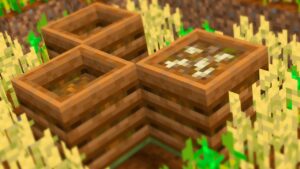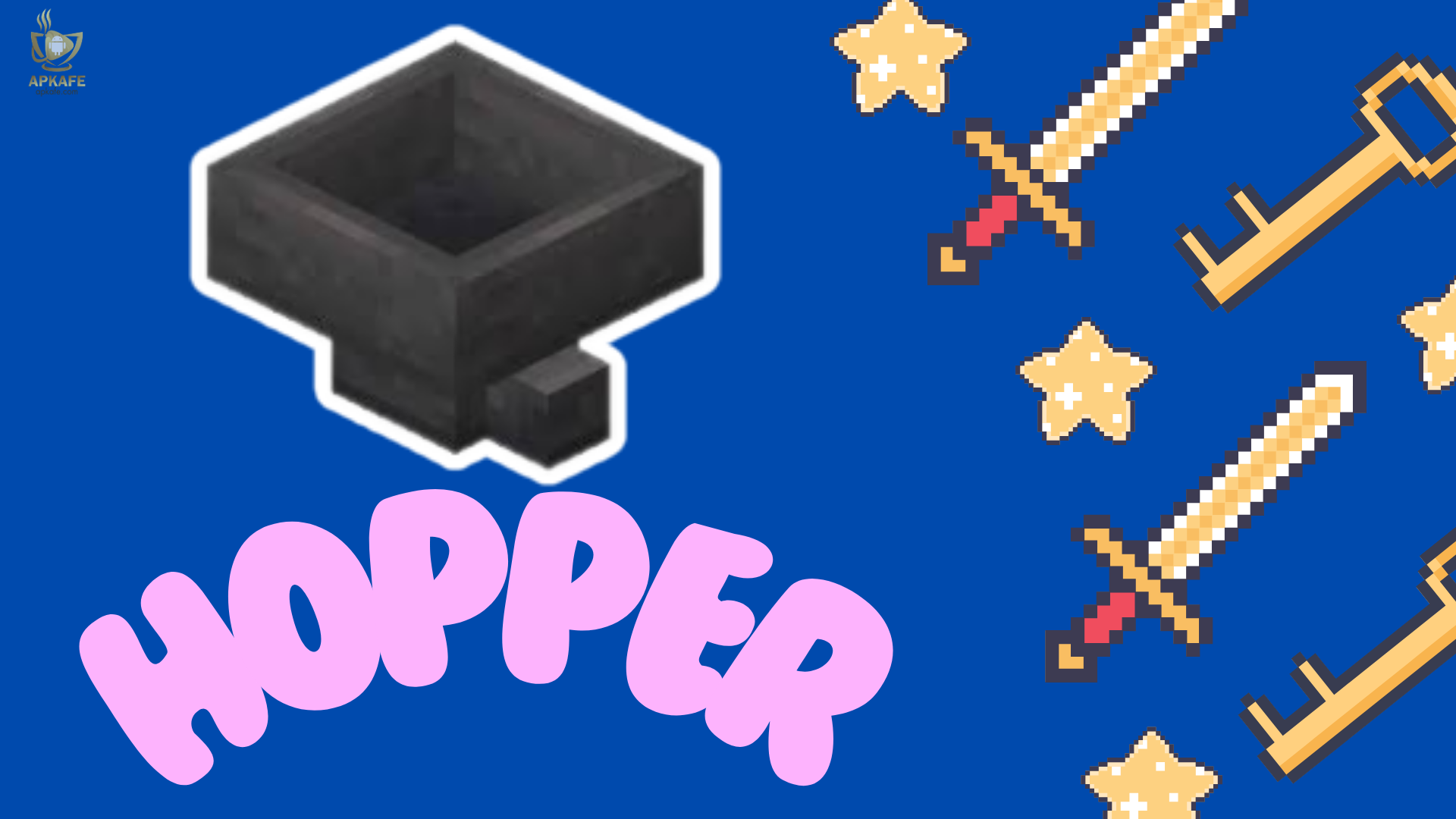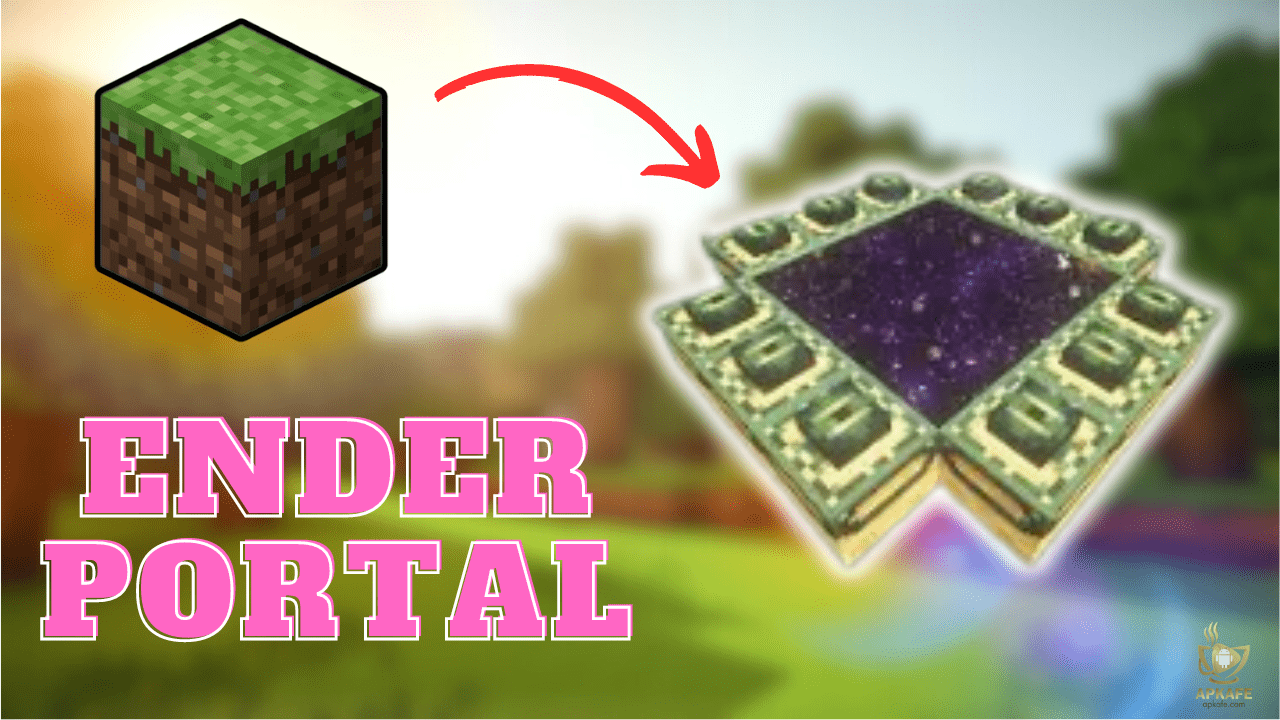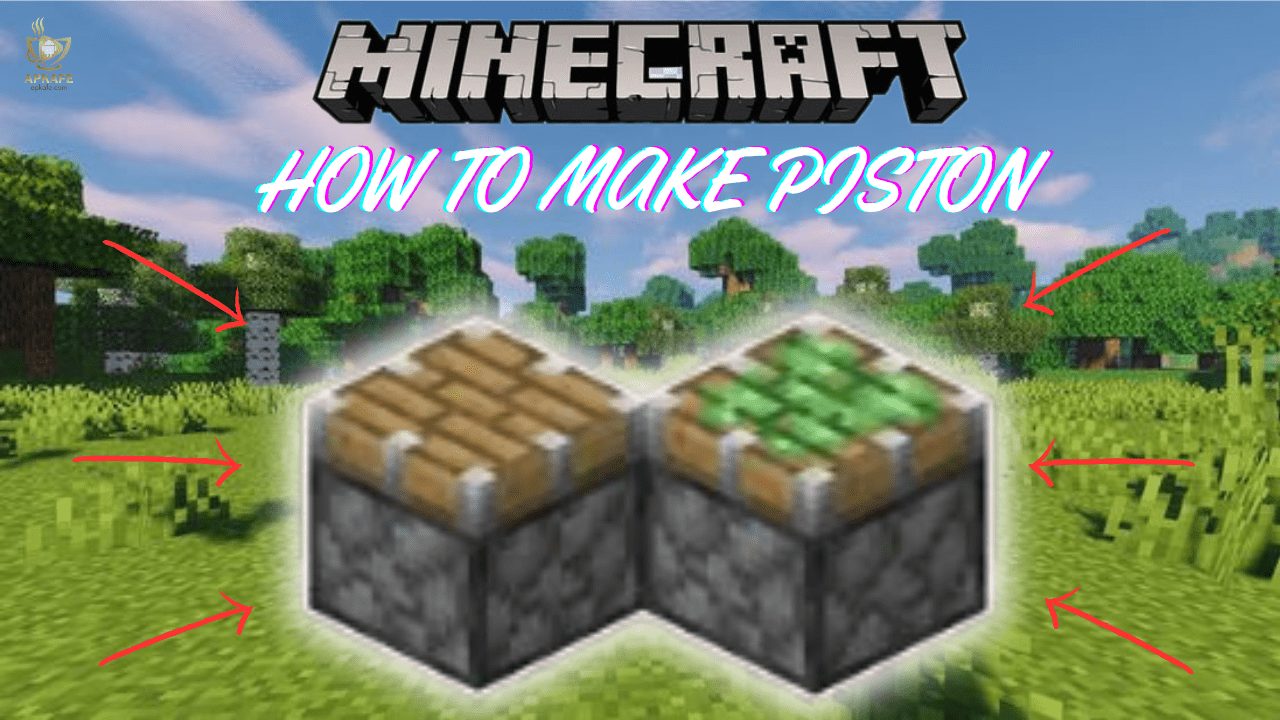Unlock the Secrets of the Minecraft Composter: A Guide to Efficient Farming
Step into the world of eco-friendly Minecraft farming with the innovative composter block! Whether you're a novice gardener or an expert farmer, understanding how to effectively use the Minecraft composter can transform your approach to agriculture. This guide dives deep into everything you need to know about the composter—from crafting one to using it to boost your crop production. Ready to reduce waste and enhance your green thumb? Let’s get started!
Step into the world of eco-friendly Minecraft farming with the innovative composter block! Whether you’re a novice gardener or an expert farmer, understanding how to effectively use the Minecraft composter can transform your approach to agriculture. This guide dives deep into everything you need to know about the composter—from crafting one to using it to boost your crop production. Ready to reduce waste and enhance your green thumb? Let’s get started!

What is a Minecraft Composter?
In Minecraft, the composter is not just a utility block—it’s a testament to sustainability. This ingenious device transforms organic waste into valuable bone meal, enhancing garden growth and promoting eco-friendly practices. By converting excess plant materials into fertilizer, the composter helps Minecraft players not only boost their crop yields but also engage with the environment thoughtfully. It’s a simple tool that makes a significant impact, encouraging players to consider resource use and sustainability in their digital world.
Crafting Your Composter
Composter Recipe
– 7 Wooden Slabs: Choose any type of wood that feels right for your aesthetic, be it oak, spruce, birch, or something more exotic. This flexibility allows you to match your composter to the vibe of your surrounding environment.
To craft your composter:
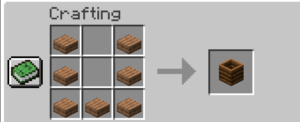
- Open your Crafting Table: Feel the excitement build as you lay out your materials.
- Arrange the Wooden Slabs: Place them in a U-shape on the crafting grid, filling every slot except the center and the middle top. This shape mimics the real-world design of compost bins, adding a touch of realism to your game.
- Retrieve Your Composter: Drag it from the result box to your inventory. As you place it in your world, imagine the cycle of life it represents—old becomes new, waste becomes wonder.
How to Use a Composter in Minecraft
Turning Waste into Wealth
– Collect Organic Materials: As you tend your crops and manage your gardens, gather up any excess organic materials. This can be leaves, vegetables, fruits, or bread—anything that once pulsed with life.
– Feed the Composter: Approach your composter with your collection of organic items. One by one, feed these items into the composter by right-clicking it. Each addition has the chance to increase the compost level inside, with different items having varying degrees of effectiveness.
– Watch the Magic Happen: With each item added, the composter fills slightly. You’ll see visual cues as it fills up, the contents visibly mounting until it reaches the brim.
– Harvest Bone Meal: Once fully filled, the composter is ready to yield its bounty. Right-click one final time to release the bone meal. This powdery substance is a concentrated essence of growth, ready to supercharge your plants and crops.
– Spread the Wealth: Use the bone meal on any plantable surface or crop to see instant growth. It’s like watching springtime unfold in fast-forward, as plants reach maturity in moments, ready to harvest or blossom.
Strategic Placement and Usage
Strategic Placement
Choosing the right location for your composter goes beyond convenience; it’s about integration and functionality within your Minecraft space. Here’s how to place your composter strategically:
– Central to Your Gardens and Farms: Position the composter in the heart of your agricultural area. By situating it centrally, you reduce the time and distance required to deposit organic waste and retrieve bone meal, streamlining your farming operations.
– Accessible to Community Areas: If you’re playing in a multiplayer setting or designing a village, consider placing the composter in a communal area. This allows fellow players or villagers easy access, promoting shared resource management and encouraging communal farming practices.
– High-Traffic Spots: Place your composter along paths you frequently travel. Each pass by the composter is an opportunity to drop off materials without going out of your way, making it a natural part of your daily routine in the game.
Optimizing Usage
To make the most out of your composter, consider how and when you use it to maximize its impact:
– Regular Deposits: Make it a habit to deposit suitable materials into the composter as part of your routine farming and gardening activities. Regular contributions keep the cycle of waste conversion going strong and ensure a steady supply of bone meal.
– Comprehensive Recycling: Broaden the range of materials you compost. Many plant-based items around your Minecraft world are compostable. The more variety you include, the faster you’ll fill the composter and the more bone meal you’ll produce.
– Teach and Encourage: If you’re in a community or teaching newer players, use the composter as a learning tool to discuss sustainability practices within Minecraft. It’s a great way to demonstrate the benefits of recycling and efficient resource use.
Tips and Tricks for Mastering the Minecraft Composter
– Maximize Composting Materials: Not all compostable items are created equal. Some, like melon slices and dried kelp blocks, increase the compost level more efficiently than others. Experiment with different materials to see which ones fill your composter the fastest, and prioritize these when you have a surplus. This way, you can get the most bone meal out of your composter without wasting precious resources.
– Create a Dedicated Composting Station: Build a dedicated area around your composter that includes storage for compostable items and easy access to your fields or gardens. This station can become a critical hub in your base, where all excess organic materials are processed. Organizing it efficiently ensures that you never miss an opportunity to recycle and that bone meal is always on hand when you need it.
– Integrate into Automated Farming Systems: If you’re technologically inclined, consider integrating your composter into your automated farming systems. Use hoppers to funnel excess crops and seeds directly into the composter. This setup not only saves you time but also keeps your farming operations running smoothly and sustainably without manual intervention.
– Use Bone Meal Wisely: Bone meal is a potent resource, especially for speeding up the growth of young crops and saplings. Use it strategically during the early stages of plant growth to get the most out of your crops, or to quickly propagate plants when starting a new garden or forest area. It’s especially useful when you’re looking to expand rapidly or recover from a disaster.
– Educate Fellow Players: If you play in a multiplayer setting, share the benefits and techniques of using the composter with your friends or server mates. Organizing workshops or creating instructional signs around community composters can help spread sustainable practices throughout your Minecraft community, enhancing the gameplay experience for everyone.
– Decorative Uses: While the primary function of the composter is practical, it also has decorative potential. Its wooden texture and unique shape can complement rustic garden themes or farm setups. Use it as part of your decor to add a touch of functional rustic charm to your builds.
Conclusion:
The Minecraft composter is a testament to the game’s commitment to creativity and sustainability. By effectively using a composter, you not only enhance your farming outputs but also contribute to a greener Minecraft world. It’s a simple yet profound way to engage with the environment, turning surplus into sustenance.
Ready to revolutionize your Minecraft farm? Start by crafting a composter today! Embrace the sustainable farming techniques that will not only boost your crop yields but also help maintain the ecological balance of your Minecraft ecosystem. Happy farming, and remember—every bit of waste is a treasure in disguise!
User Reviews


